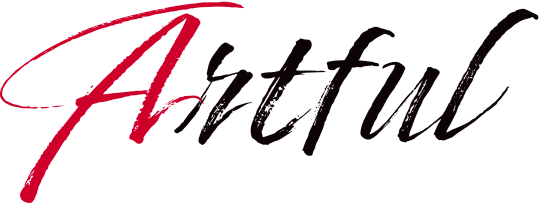Over the past couple of months, as most other arts writers have been hunkered down at home, Mary Louise Schumacher has been car-camping her way around the country in her Volkswagen Beetle—supplied, as she wrote in a recent dispatch, with a suitcase full of art books, a can of Mace, a four-day supply of beef jerky, and flip-flops for the truck stop shower. This no-frills road trip has been for work, not leisure: Schumacher, a longtime art and architecture critic for the Milwaukee Journal Sentinel and now an independent journalist, has been gathering footage and interviews for her first film.
The forthcoming documentary, Out of the Picture, assesses the state of art criticism in America today and reflects the changes Schumacher observed over her two decades writing for the Journal-Sentinel and as a Nieman Fellow at Harvard (where she published a substantial survey of art critics in 2017.) It has been a period in which new platforms and media business models have devalued the work of the critic, even as art itself proliferates; two years ago, Schumacher’s own staff writer position was eliminated in one of the relentless waves of downsizing that have hit news organizations all over the country. The critics who appear in Out of the Picture and represent a range of publications, from a billionaire-owned legacy newspaper to a self-described “blogazine,” speak candidly to these shifts; some have left the business entirely since Schumacher started filming.
From a stop in Los Angeles before a meandering drive back to Milwaukee, Schumacher spoke to Artful’s Editorial Director Karen Rosenberg (who participated in the Nieman survey while working as an art critic for The New York Times) about the film, her life on the road, and the future of arts journalism from NFTs to newsletters.
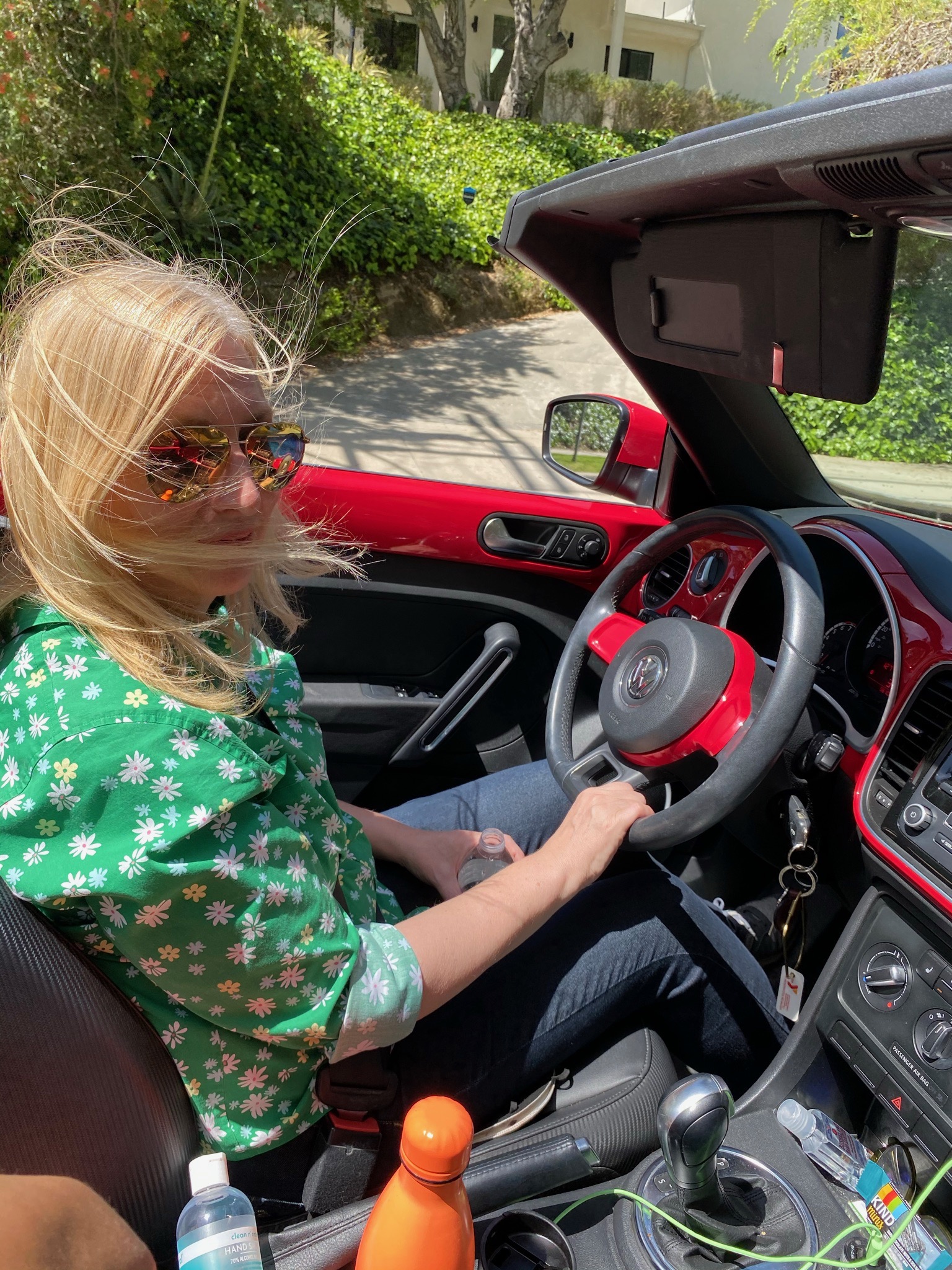
Karen Rosenberg: You have been working on Out of the Picture while driving across the country. What has that been like, and can you share a little of your itinerary?
Mary Louise Schumacher: Yes, I have been car-camping my way across the country and having a delightful time! I really did this to remain safe during Covid and to quarantine as much as possible for the sake of the crews I’m working with and the subjects I’m filming, but I’ve been really happy on this trip just being alone in my car and showering at the Love’s Truck Stops and camping right on the Pacific Ocean.
I left Milwaukee at the end of February and traveled from there to Seattle, where I spent a couple of weeks. At every stop I have to quarantine for a little while—we have to get the entire crew tested. I have tried to stop at some outdoor cultural sites along the way, usually for a very brief moment. On my way to Seattle, for example, I went to the Corn Palace in South Dakota and the Crazy Horse Memorial which I read about a few years ago in The New Yorker and was curious to see. But mostly I’m just making tracks for these cities.
After Seattle I traveled down to L.A. along the coast and stayed at campgrounds by the ocean. Now I’m here until the end of April, when I’m going to camp again in the Mojave Desert and then I’ll keep going through Flagstaff and Denver and find my way back to Milwaukee. Once I get back there I’ll probably start flying again—I’ll be fully vaccinated.
This kind of classic road trip has a long precedent in American art, photography in particular. Do you feel connected to that history? Was that part of the appeal?
I’ve often wanted to do something like this. I’ve done some great travel in the last several years; to Medellín and Kathmandu and Naoshima Island, among other places. But I have always admired artists, writers and curators who explore our country deeply by getting out into it and investing time.
It also goes back to a promise I made to myself on the day my mom died from Alzheimer's. I had cared for her for about a decade, which kept me very close to home. While she slept, I read a wonderful article in the New York Times Magazine about the photographer Robert Frank. In the heightened context of that day, I made a commitment to myself to make the kind of deep investigation he did a larger part of my own work.
The car has been a good space for me to do this—it slows me down, makes me think in between the work that I’m doing. The stories we tell ourselves about America, including the deeply flawed ones, are so present in the landscape—at the truck stop shops, the roadside attractions, the makeshift signage, the names we've given to places.
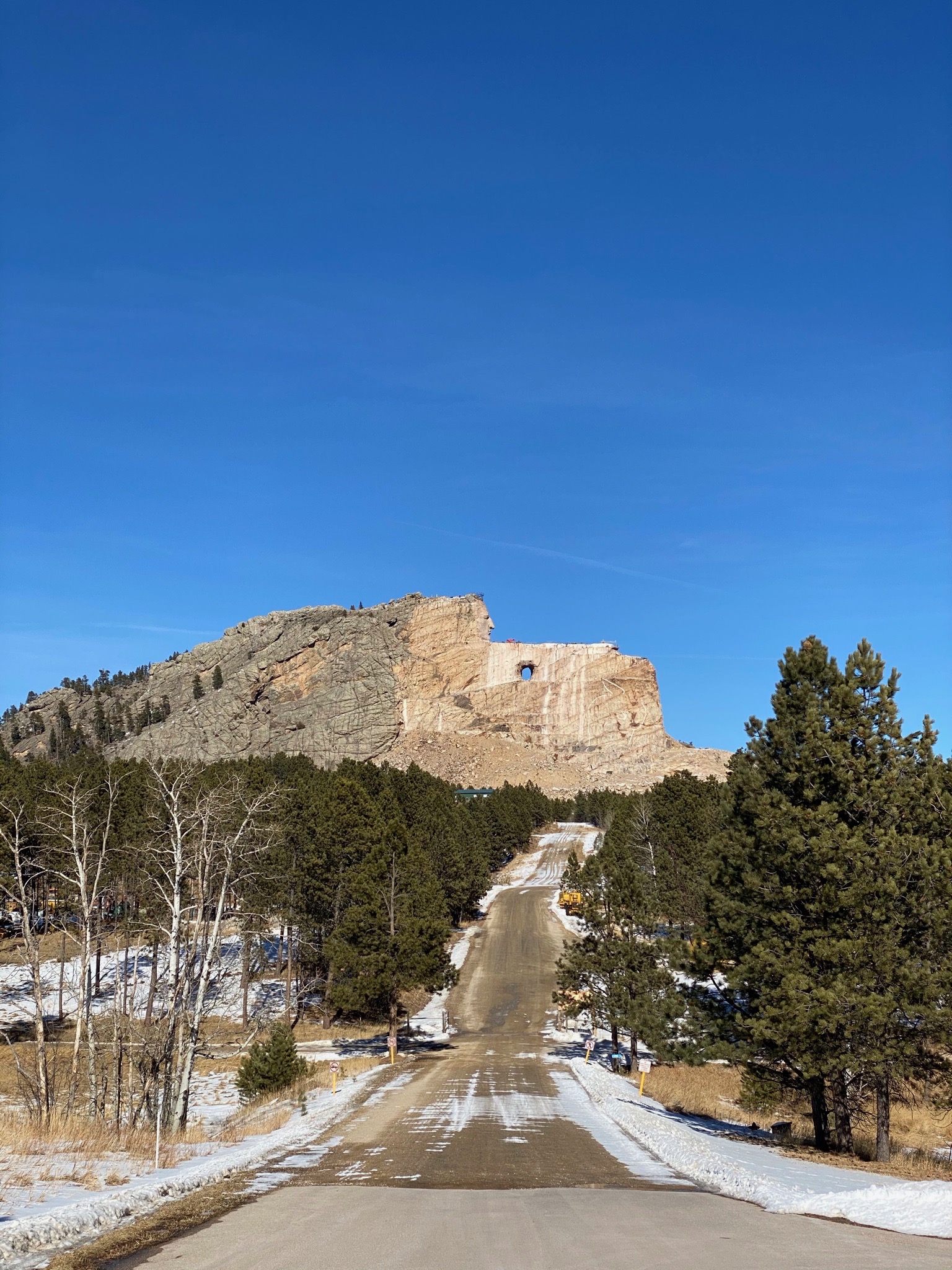
You have been working on your film, Out of the Picture, for the past decade. Take me back to the beginning—what prompted you to make it?
It was ten years ago, almost to the day, that I started working on this. I was at that time a full-time critic at the Milwaukee Journal Sentinel, which is the daily newspaper in Milwaukee, Wisconsin. And I was noticing that a lot of art critics were losing their jobs. I kept a running list, tacked to my cubicle, of cities that were without a full-time critic at a daily or major mainstream publication, and that list was getting longer and longer.
I was thinking a lot about an earlier time when the newspaper industry had gone through a very different kind of contraction, pulling back on foreign bureaus and correspondents, and when there was a huge discussion within the world of journalism—what it meant for U.S. papers to not have people on the ground in those places. And there just didn’t seem to be a corresponding conversation about the fast-shrinking sector of cultural writing. In the art world there is a separate, ongoing discussion about the crisis of criticism, the death of criticism. But I had sat through many of those panels over the years and I always felt that they didn’t really go anywhere, that they were a bit mind-numbing. Somewhere in between all of that my journalistic gut kicked in, and I thought "There’s a story here."
How did you choose the critics you are highlighting in the film?
In general I started following critics I cared about, who I felt I could learn something from. I had a lot to learn about filmmaking, but I feel like one thing I did well is I picked very good people—and not the critics you would necessarily think of. I didn’t ask Roberta Smith. I didn’t ask Holland Cotter. As much as I love and appreciate those writers and what they do, I was looking at critics who are approaching it in a different way and maybe define art a little differently, who are thinking about culture as it exists in this time of the internet and who I just really felt were insightful writers I could learn from.
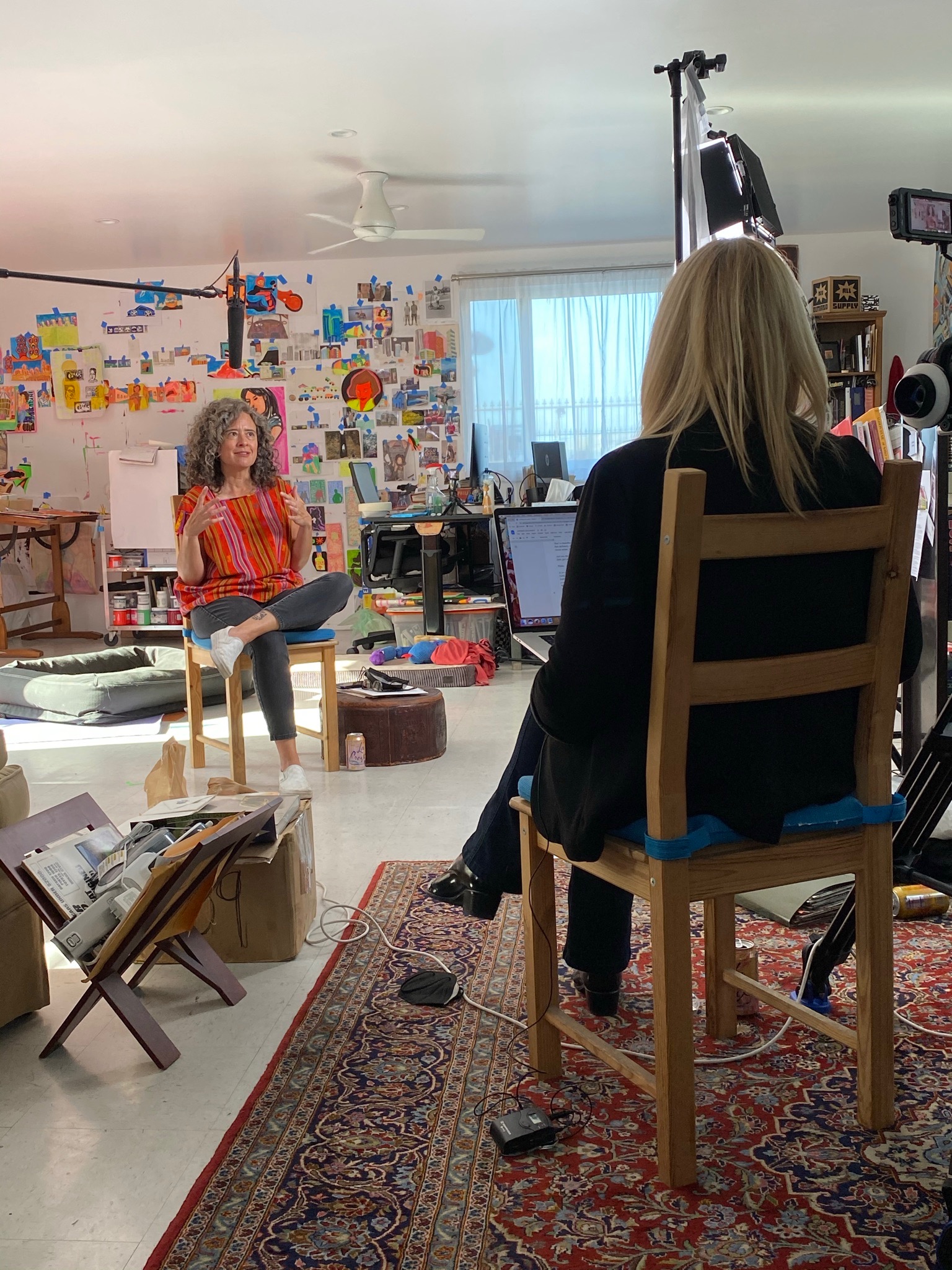
Quite a lot has happened to newspapers, critics, and journalism generally in the decade since you started working on the film. How has the project evolved, and how are the critics you spoke to in the beginning doing now?
I didn’t plan to work on it for ten years—I felt an urgency early on. But I was also feeling the pressure of being in media full-time. My own job became more demanding, and my mother needed a lot of my care. I’m kind of grateful though because I feel that the end result is that we captured this decade of incredible change, in both art and media. We watched some of these critics live through that.
For example, Carolina Miranda was writing for ARTnews and had an independent blog. But a lot of people knew her through Twitter and Flickr, where she was uploading images of street art in Bushwick. We have followed her since then to a position at the Los Angeles Times and an increasing profile there—her trajectory has been nothing but up. And the founder of Hyperallergic, Hrag Vartanian, had an operation of one or two people and was one of a zillion art blogs when we first met him. Over the years, many of those other blogs fell away and Hyperallergic has become a challenge, I think, to bigger publications.
We also saw Jen Graves, who was a Pulitzer finalist for her work at The Stranger, really struggle under the weight of the expectations for building an audience and getting clicks. She was being asked to write more pieces, take on more duties. She was asked to be ‘more fun’ by her editors, which she viewed as code for being less serious about her work. Her decision, ultimately, was that her job had effectively been eliminated, so she resigned and went back to school and she’s now a therapist, and from what I can tell a really good one. She is very intentional about being silent in public after years of being vocal in public, and going into these very private spaces to help people tell their stories in a very different way. It’s such a loss, the fact that we no longer have her writing voice, but I also feel that her story illustrates this time.
One of the events also captured in the film is the elimination of your own position at the Journal Sentinel in 2019, due to downsizing. What was it like to go through that while making this documentary?
I was very happy to be allowed to do my work for as long as I was at the Journal Sentinel, long after much larger and more important newspapers had let their critics go. I was disappointed of course—I had just come back from a fellowship and had been working on this film and really thinking about how I wanted to be a critic in the world, and was feeling quite ready to do some of the best work of my career.
It also hurt to know that for the first time in more than a century, there wouldn’t be a person at this daily newspaper whose job it was to be looking and thinking about what artists are doing in the community. Milwaukee is a small regional city, but it has been committed to supporting artists in many untraditional ways over the years. It was hard not to feel like I had failed—if I had done it differently, would it have justified keeping me around? I don’t take that thinking too far, though, because I’ve just become part of the story I’ve been telling across the country.
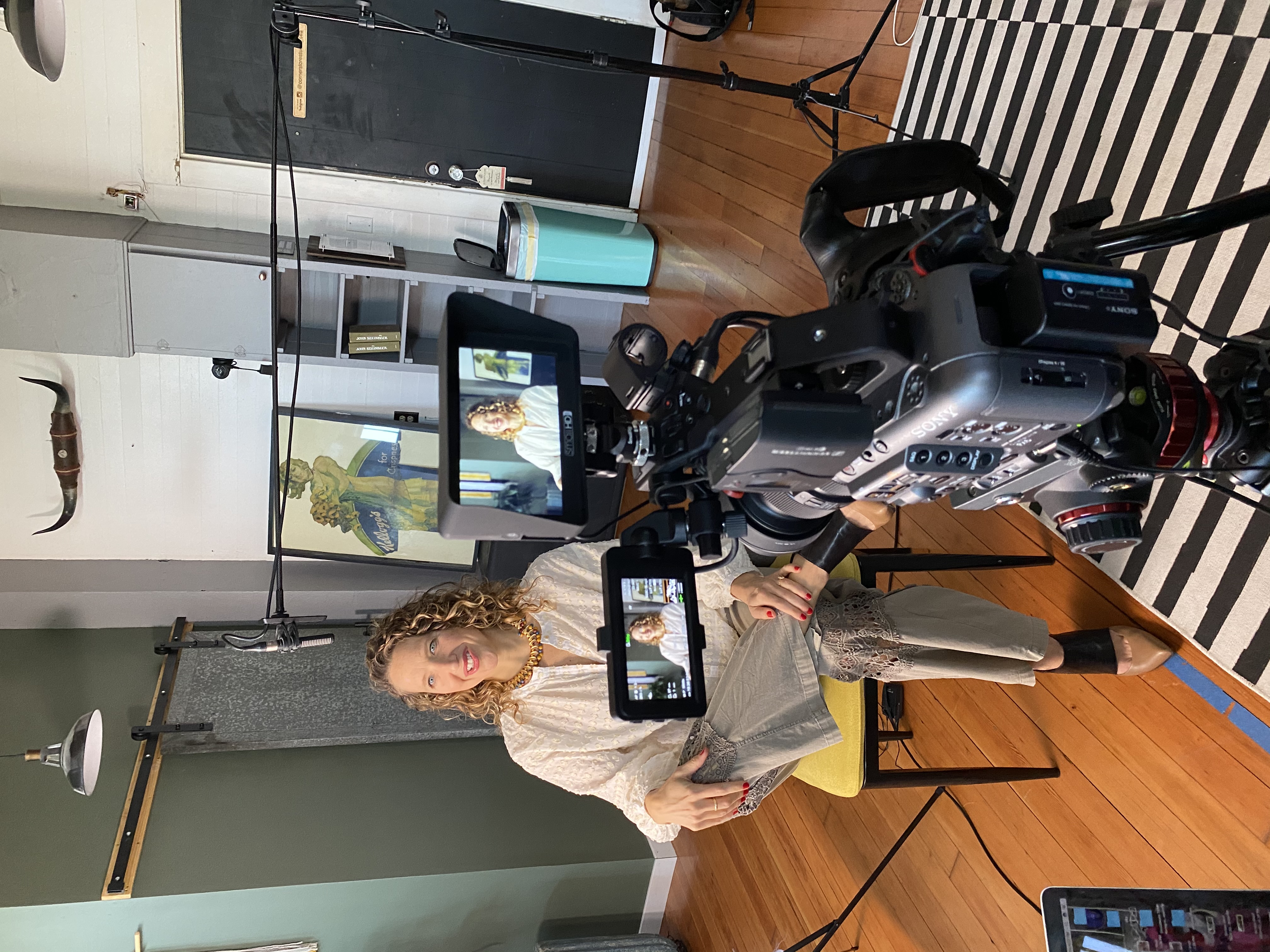
What do you see as the most urgent challenges for art critics today? In addition to the financial realities of the news business there are issues that arise from the way taste is established across new media platforms, with algorithms and networks and influencers—you don’t really need the critic to be a tastemaker anymore. Another challenge might be the rise of the art market and the news cycle around that, which can eclipse criticism.
MLS: The pressure of writing for an online audience is definitely something that’s considered in the film. I talk to a super-smart guy at the analytics company Chartbeat, for example, about what makes for an internet success—what is the content that tends to surface, and what sinks to the bottom? It’s hard to summarize, but there are certain things we know do make content rise up within the internet—wit, weirdness, urgency. And these are not the attributes you think of when you think of criticism, which is sometimes complex and subtle and quiet.
The last few weeks where we’ve been reading all these headlines about Beeple and NFTs, for example—there’s real stuff to grapple with there, but it’s one of these moments in media where everyone just jumps in and piles on. Where does the thoughtfulness come in? Sometimes the best pieces come quite a bit later, way after the media storm. Think about Zadie Smith’s writing about Dana Schutz. Everybody was piling on about Dana Schutz, but she came in later and she had one of the best pieces on the whole thing.
How do you think the pandemic has changed art criticism?
There are a number of critics who insist that it doesn’t change much of anything, that artists are still doing their thing and there are ways to discover the work that they’re making. That has the ring of truth for me. The pandemic certainly has had an impact on institutions, museums, galleries, art fairs. But the fundamental job of critics, to pay attention to artists and what they’re doing, is ongoing.
Maybe a better question for critics is, when we look back on this time in ten or twenty years what will we have seen out of artists’ studios that’s changed? Many of the artists I know and engage with online are really thinking about issues of care. They are very creative about asking, how do you live a creative life? How do you care for your practice?
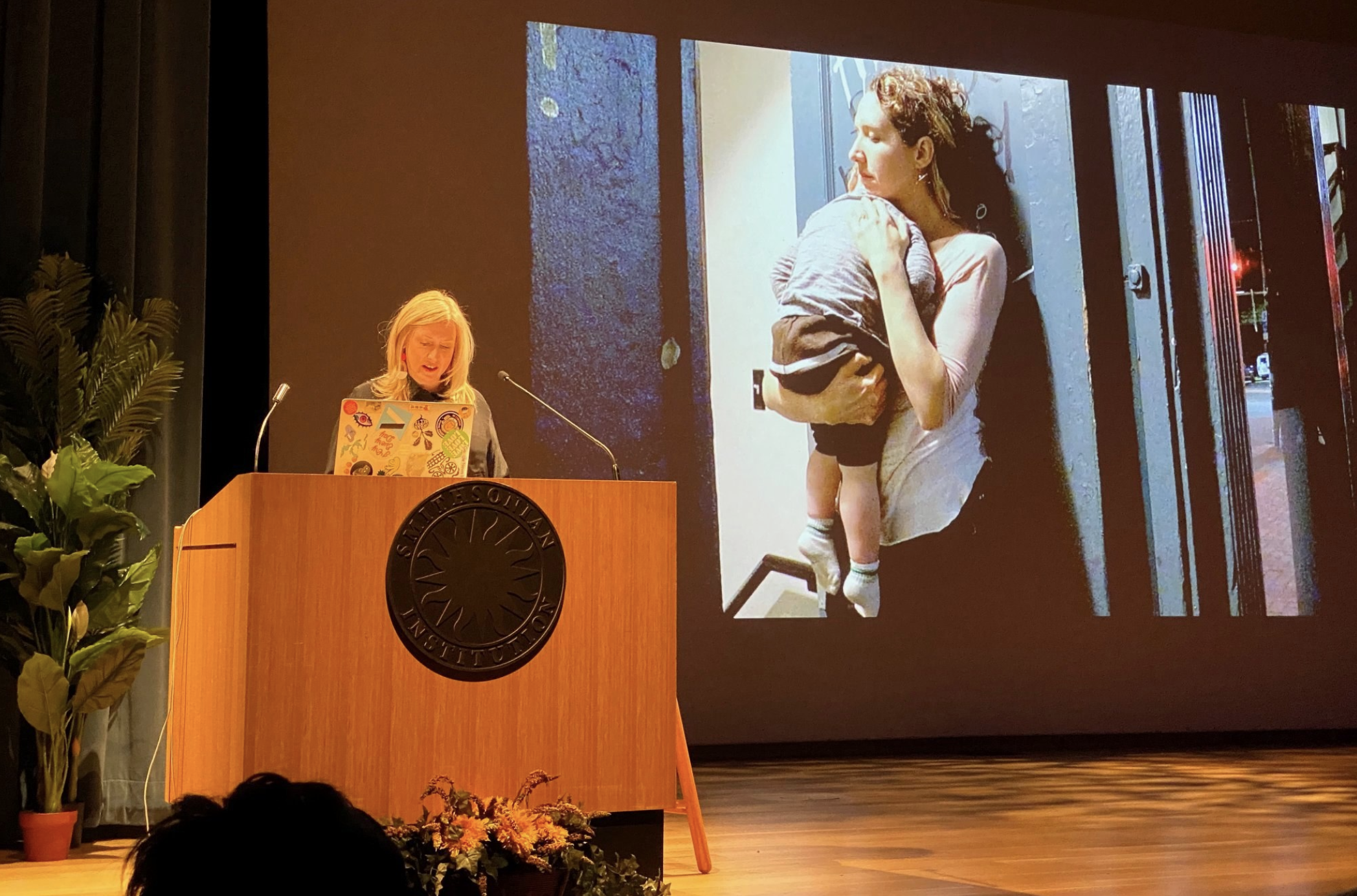
One of the often-mentioned silver linings of changes to journalism is that new and more diverse voices might have more of a chance to emerge because the traditional power structures are eroding. But it seems like change has been slow in this regard for art criticism; as you have noted, of the art critics the respondents to your survey deemed most important, five out of six were white, and five out of six were male.
This survey was done in 2017, and published about a year later. I do wonder if we did it again today if the responses might be different, because a lot has changed in the last couple of years in terms of the media addressing issues of representation. But it was quite striking. It was one of the few points of consensus in the entire survey, that the critics who hold influence and visibility and salaries tend to be a very small group of critics—mostly white men, mostly New York-based critics. I have enormous admiration for all of those critics. But that is a limited perspective, if you’re looking at just that small clique of mostly New York-based critics then you are not necessarily getting the richness of the art world.
It was also interesting to contrast that against the artists who critics were interested in at that time, according to the survey. They included LaToya Ruby Frazier, Hank Willis Thomas, and Doris Salcedo. So the artists who are interesting to critics are more diverse and are not necessarily all in New York City. They’re addressing issues that certainly relate to different parts of the world and the country.
Many journalists are talking about newsletters right now, as a potential solution to the dismal economics of the field. I’m wondering what you think of this new subscription model and if it might help art criticism survive.
I don’t feel like an expert on the whole Substack conversation, except that I definitely notice it’s happening and I do subscribe to a whole bunch of newsletters that I really love and live by. I get Jeff Weiss's sort of conceptual newsletter, which he has created around midnight every day for almost twenty years. It's called "Old News" and is an artwork made out of art news. I get a few newsletters from The Undefeated and Teen Vogue, which do good cultural writing. I like ‘Roden’ by Craig Mod, which takes its name from James Turrell's mountain-as-art project, Roden Crater, but is about a subtle collection of subjects I care about, including walking. I also look forward to newsletters by Aminatou Sow, Anne Helen Petersen, and Ann Friedman. And I read several newsletters from the Nieman Foundation for Journalism, where I had my fellowship—no organization is better when it comes to thinking about journalism and its future.
Our loyalty is no longer to the legacy masthead—it’s to the writer. All of the writers who are in my film, for example, really derive their authority from their own work. Whereas the critics who are at places like The New York Times and The New Yorker, they’re all great but they also derive a lot of their authority from their publication. That’s the old model, and I don’t think that’s true anymore. Newsletters are a tool that allows writers to take their audience with them wherever they go, which is sort of a natural extension of this shift.
Another thing we learned through the survey is that a lot of arts writers are definitely not making a living wage. What does that mean for the field? Who can afford to do this work and who cannot afford to do this work? That’s a really important question to ask.
Watch the trailer for Out of the Picture:

